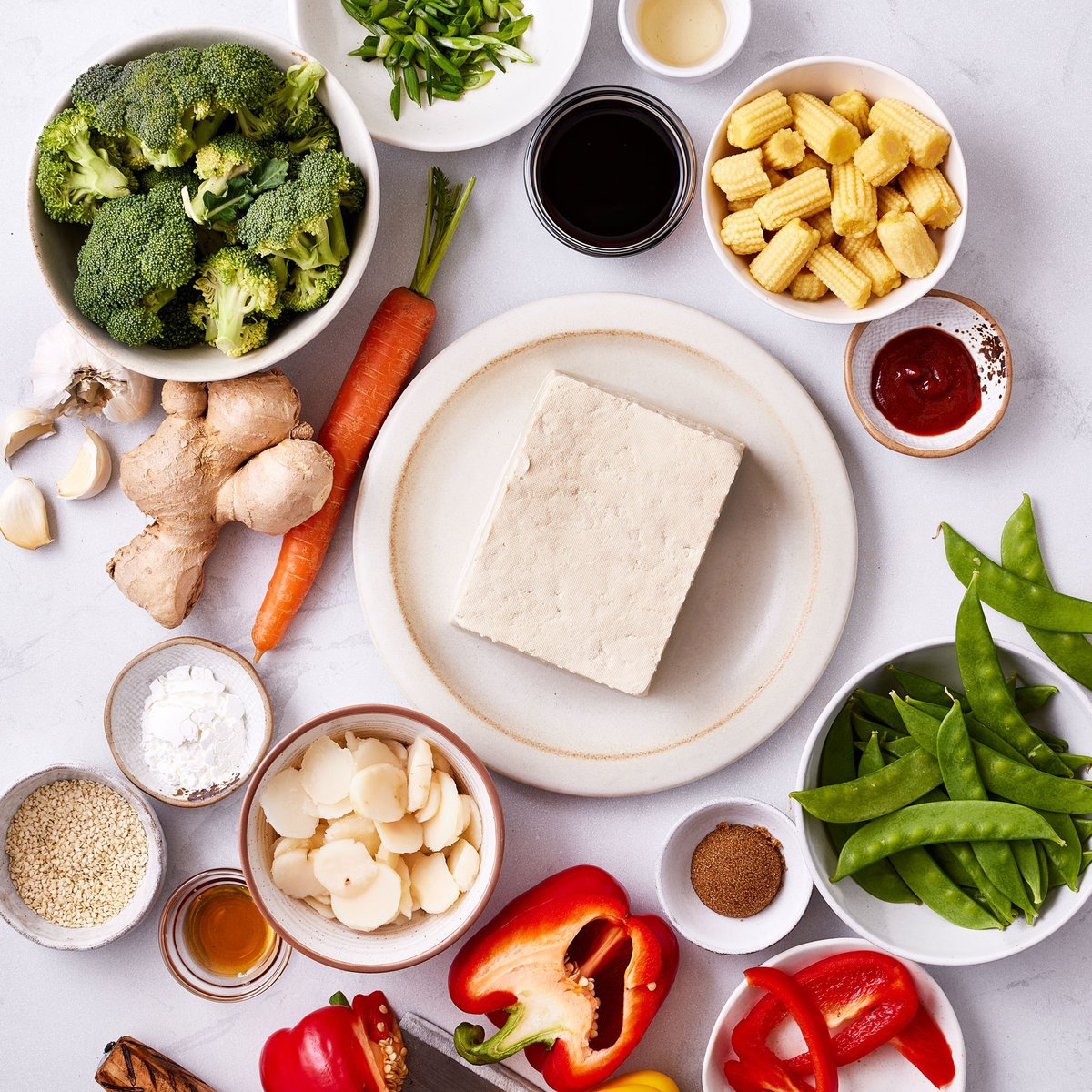
Hi friends! If we haven't met before, I'm Sam Turnbull, the recipe writer here on It Doesn't Taste Like Chicken. I'm all about creating delicious and easy vegan recipes. My goal is to make the transition from the Standard American Diet (SAD) to a vegan lifestyle easy, delicious, and exciting! I want to wow both vegans and non-vegans with my recipes. Nothing makes me smile more than hearing from readers that I helped someone go vegan, or that their meat-eating family or friends were begging for seconds. This is how I help save the animals and the planet, one tasty meal at a time!
While I understand that many people have specific dietary preferences or restrictions (even within the umbrella of a plant-based diet), my primary focus is on flavor and ease. I want my recipes to be easy to make and irresistibly delicious. This approach helps more people embrace a vegan diet without feeling deprived.
Of course, this means that ALL of my recipes are completely free of any animal products including meat, fish, poultry, dairy, cheese, eggs, and honey. As an advocate for the animals, I will never recommend or offer substitutions in my recipes for animal products.
Please understand that I cannot cater to every individual dietary preference in every recipe. However, we are here to help! If you have questions about adapting a recipe, simply leave a comment on the recipe post, and my team and I will do our best to assist you.
Adapting Recipes for Specific Dietary Preferences
📚 Table of Contents
Jump to your preferred section by clicking the links below 🔗
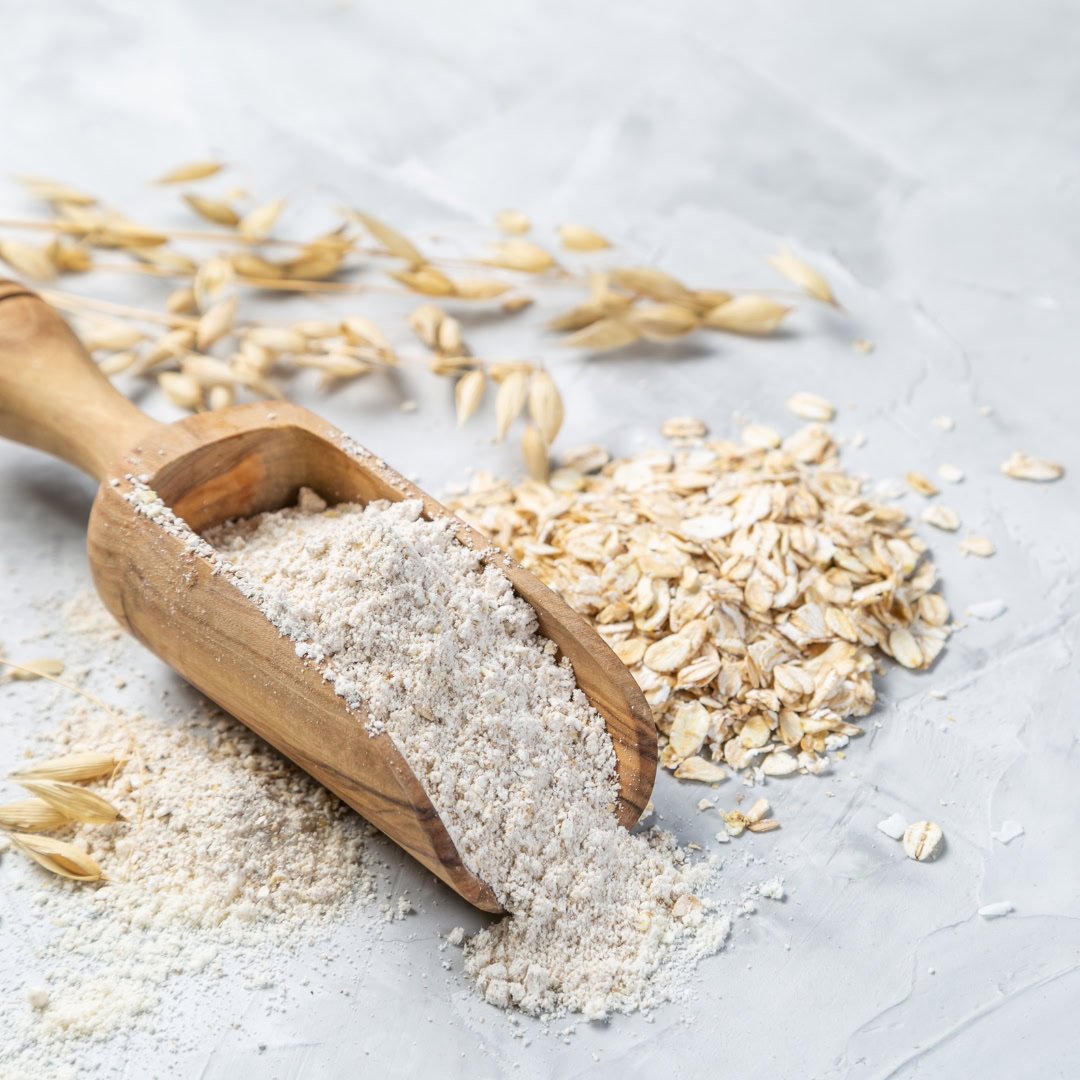
Gluten-Free
Where possible, I do my best to accommodate gluten-free alternatives in my recipes. Some simple adaptations include substituting soy sauce with a gluten-free alternative like tamari, or swapping wheat pasta for gluten-free varieties.
While some recipes may not explicitly mention gluten-free options, it's because I haven't personally tested them. However, many of my recipes can be adjusted by replacing regular flour with a gluten-free all-purpose flour blend. Based on reader feedback and recommendations, I highly recommend Bob's Red Mill Gluten Free 1-to-1 Baking Flour which consistently yields excellent results.
It's important to always check product labels to ensure they are gluten-free, as gluten can sometimes be hidden in unexpected ingredients such as BBQ sauce, mustard, spice mixes, and salad dressings.
Please note that when baking with gluten-free flour, the result will not be exactly the same as the gluten-containing version. Baked goods may turn out a bit denser. I also find they often need longer baking time, so keep an eye on them and rely more on the visual cues in a recipe than the timing.
Gluten-free substitution recommendations:
- Soy sauce: Substitute with tamari or coconut aminos. (I like tamari best).
- Wheat pasta: Replace with gluten-free pasta options. (my favorite is brown rice pasta).
- All-purpose flour: Use an all-purpose gluten-free flour blend (I recommend Bob's Red Mill Gluten Free 1-to-1 Baking Flour).
- Oats: Oats are gluten-free but there is sometimes cross-contamination in the storing and processing. If you are celiac or highly sensitive to gluten, look for certified gluten-free oats to avoid cross-contamination.
- Bread crumbs: Use gluten-free bread crumbs or make your own by allowing gluten-free bread or crackers to dry completely, then blitzing in your food processor.
- Flour tortillas: Opt for corn tortillas or gluten-free wraps made from alternative flours.
- Beer: Use gluten-free beer or substitute with gluten-free broth or stock.
- Marinades and sauces: Make homemade versions using gluten-free ingredients or check labels for gluten-free options.
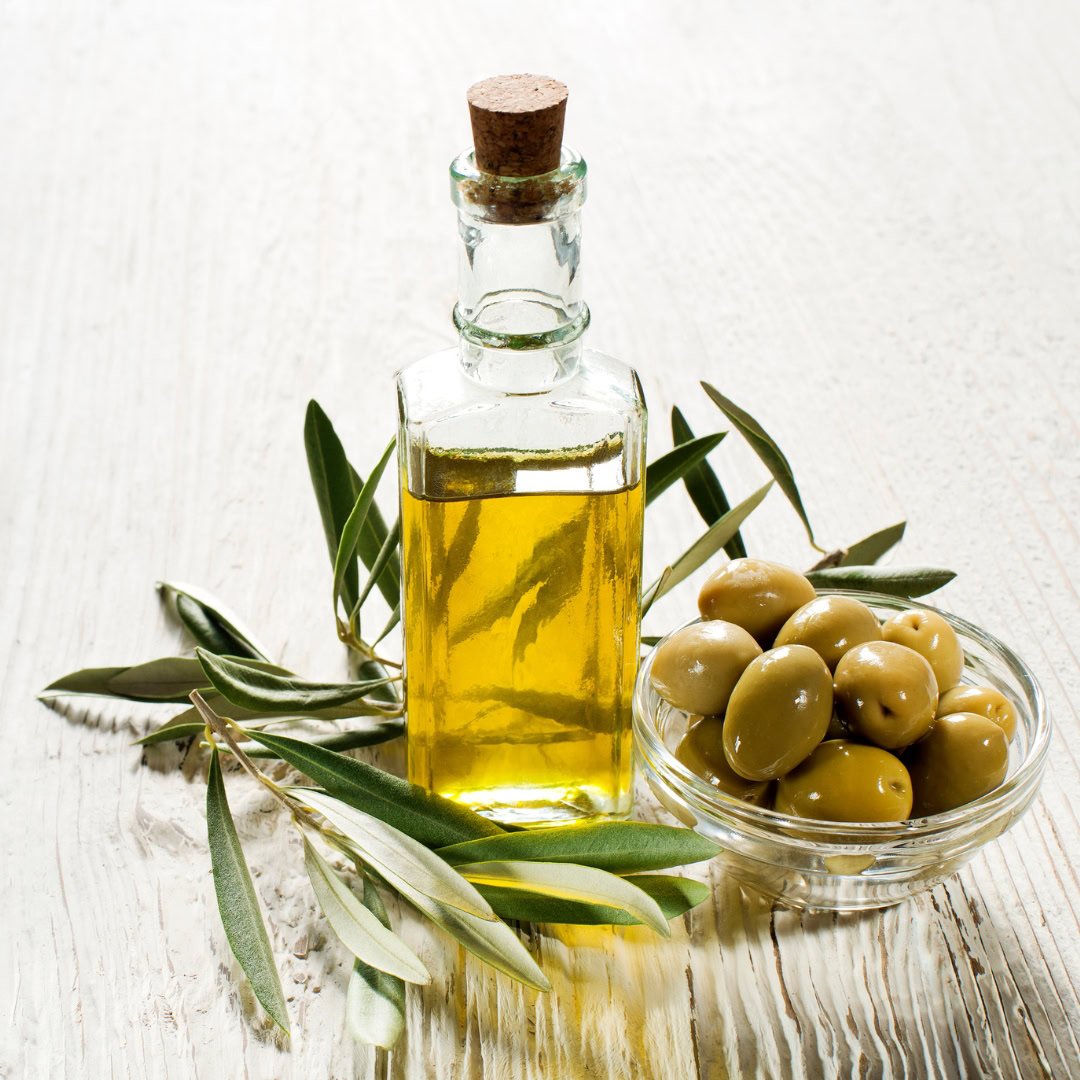
Oil-Free
If you're eating plant-based for health reasons, you may prefer oil-free recipes. Truthfully, oil is not a health food (yes even olive oil, coconut oil, and avocado oil). It is a processed food where all the fiber and nutrients are removed leaving you with pure fat and with very little or no nutrition (just look at the label on any bottle of oil and you will see what I mean). However, I do not mind cooking with a little oil. For the most part, I do use less oil than traditional SAD recipes (usually only 1 tablespoon in an entire dish), however, some people may prefer to be 100% oil-free.
I do offer oil-free options in many of my recipes. So always check the recipe notes first as I will include that information there. In most of my baked goods recipes, I do not offer oil-free options as I haven't tested them (and personally since I only eat things like cookies and cake once in a while, I don't mind that they aren't health foods). In these recipes, you can try to make the recipes oil-free with the recommendations listed here below, but please note that results may vary. You can also try checking the comments as sometimes others have experimented with oil-free options and will post their results, which can be super helpful!
Oil-free substitution recommendations:
- Sautéing Without Oil: Instead of using oil to sauté vegetables, try using water or vegetable broth. Simply heat 1 - 2 tablespoons of water or broth in a pan, then add your chopped vegetables and cook until tender. You may need to add more liquid as needed to prevent sticking.
- Baking Without Oil: Substitute oil in recipes with options like applesauce, mashed bananas, nut or seed butter (such as peanut butter, almond butter, cashew butter, tahini, or sunflower seed butter), full-fat coconut milk (the kind in a can), mashed avocado, aquafaba (the liquid in a can of chickpeas), softened and blended dates, silken tofu, pumpkin purée, or a combination. Each substitution may impact texture differently. For example, using applesauce as a 1:1 swap for oil may result in a denser and gummier texture. If using a nut or seed butter, they are usually thicker than oil, so you may need to water them down a bit. Experiment with different substitutions and adjust the recipe as needed to achieve the desired texture and flavor. I've found that when combining a fruit puree with a few tablespoons nut butter is a pretty good substitute for oil in most baked recipes.
- Oil-Free Dressings and Sauces: Create flavorful dressings and sauces without using oil by using ingredients like vinegar, lemon juice, mustard, herbs, and spices. These ingredients can add depth and complexity to your dishes without the need for added fats. You can also add mashed avocado, nut butters, or cashews to add fat and richness to a dressing. Try my fan-favorite My Everyday Oil-Free Dressing Recipe, or my Cashew Ranch Dressing, Cashew Caesar Dressing, Green Goddess Dressing, or Vegan Blue Cheese Dressing (which are all oil-free).
- Roasting Vegetables: When roasting vegetables, you can ensure they do not stick to the pan by using parchment paper or a silicone baking mat on your baking sheet. If needed you can substitute oil in the marinade with vegetable broth.
- Non-Stick Cookware: Invest in high-quality non-stick cookware to reduce the need for oil when cooking. With a good non-stick pan, you can often sauté vegetables or cook pancakes without using any oil at all.
- Coconut Oil Substitute: in many of my vegan cheese recipes I use refined coconut oil. Coconut oil becomes solid when chilled so this is what firms up the cheese. In these recipes, you can omit the oil but note that the cheese will be more of a creamy spread and will not firm up as much in the fridge.
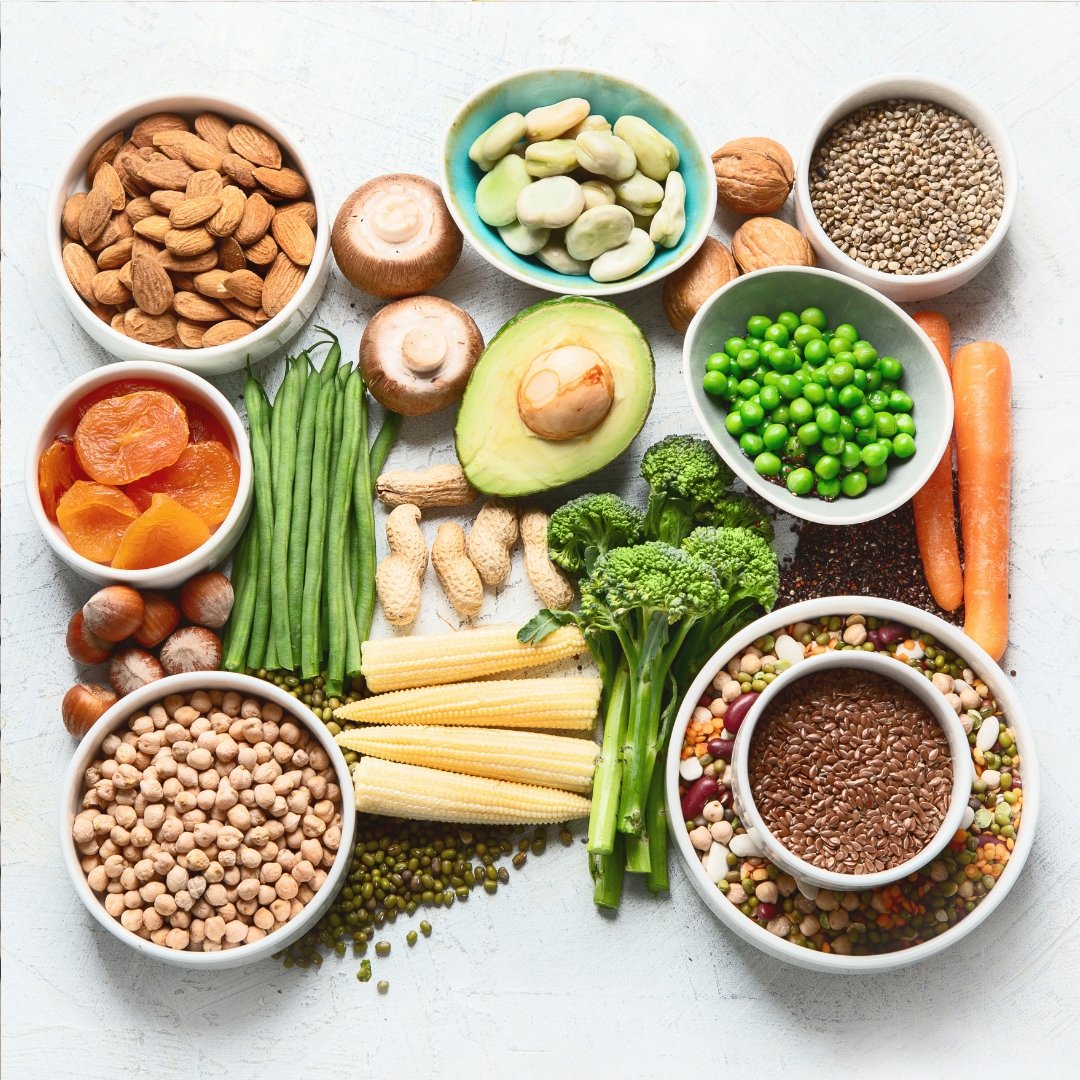
Whole Food Plant-Based/ WFPB
If you're eating plant-based for health reasons, you've probably heard about the benefits of a whole food plant-based (WFPB) diet. A WFPB diet focuses on eating foods that are as close to their natural state as possible. This means choosing whole, minimally processed foods and avoiding processed ingredients, oils, and refined sugars.
Examples of WFPB ingredients include whole grains like brown rice and quinoa, legumes such as beans and lentils, fruits like apples and berries, vegetables including spinach and sweet potatoes, and nuts and seeds like almonds and chia seeds. In contrast, non-WFPB ingredients are processed foods like packaged snacks and sugary cereals, oils such as olive oil and coconut oil, and refined sugars including white sugar and high fructose corn syrup.
Many of my vegan recipes are either already WFPB or can be easily adapted to fit a WFPB lifestyle. Please note that substituting any ingredient in a recipe will change the end result of a recipe, so results may vary.
WFPB substitution recommendations:
- Oils: I do offer oil-free options in many of my recipes. So always check the recipe notes first as I will include that information there. Please see the Oil-free section of this article for more tips.
- Refined Sugars: Where possible, replace refined sugars with whole food sweeteners like dates, date paste, applesauce, or mashed bananas. These alternatives not only provide sweetness but also add fiber and nutrients to your recipes. Please see the Low-Sugar/ Sugar-Free section of this article.
- Processed Ingredients: Opt for homemade versions of processed ingredients. For example, make your own plant-based milks, vegan cheeses, or dips and dressings using whole ingredients.
- Flours: Use whole grain flours instead of refined flours. Whole wheat flour, oat flour, and spelt flour are excellent choices that retain more nutrients and fiber. To substitute whole wheat flour for all-purpose flour, use a 1:1 ratio but increase the liquid by 1-2 tablespoons per cup, and consider adding a bit more leavening (if it's already included in the recipe). Whole wheat flour may result in denser, darker baked goods with a nuttier flavor. If available to you, whole wheat pastry flour will yield even better results. See the Gluten-Free section of this article for more tips.
- Condiments and Dressings: Create your own condiments and dressings using whole foods. For instance, make my Go-To Everyday Oil-Free Salad Dressing, instead of store-bought options that may contain oils and preservatives.
- Grains: Swap regular wheat pasta for whole wheat pasta, brown rice pasta, quinoa pasta, or legume pasta. Replace white rice with brown rice or quinoa. Instead of regular bread crumbs, use whole wheat bread crumbs or grind whole grain crackers to create your own.
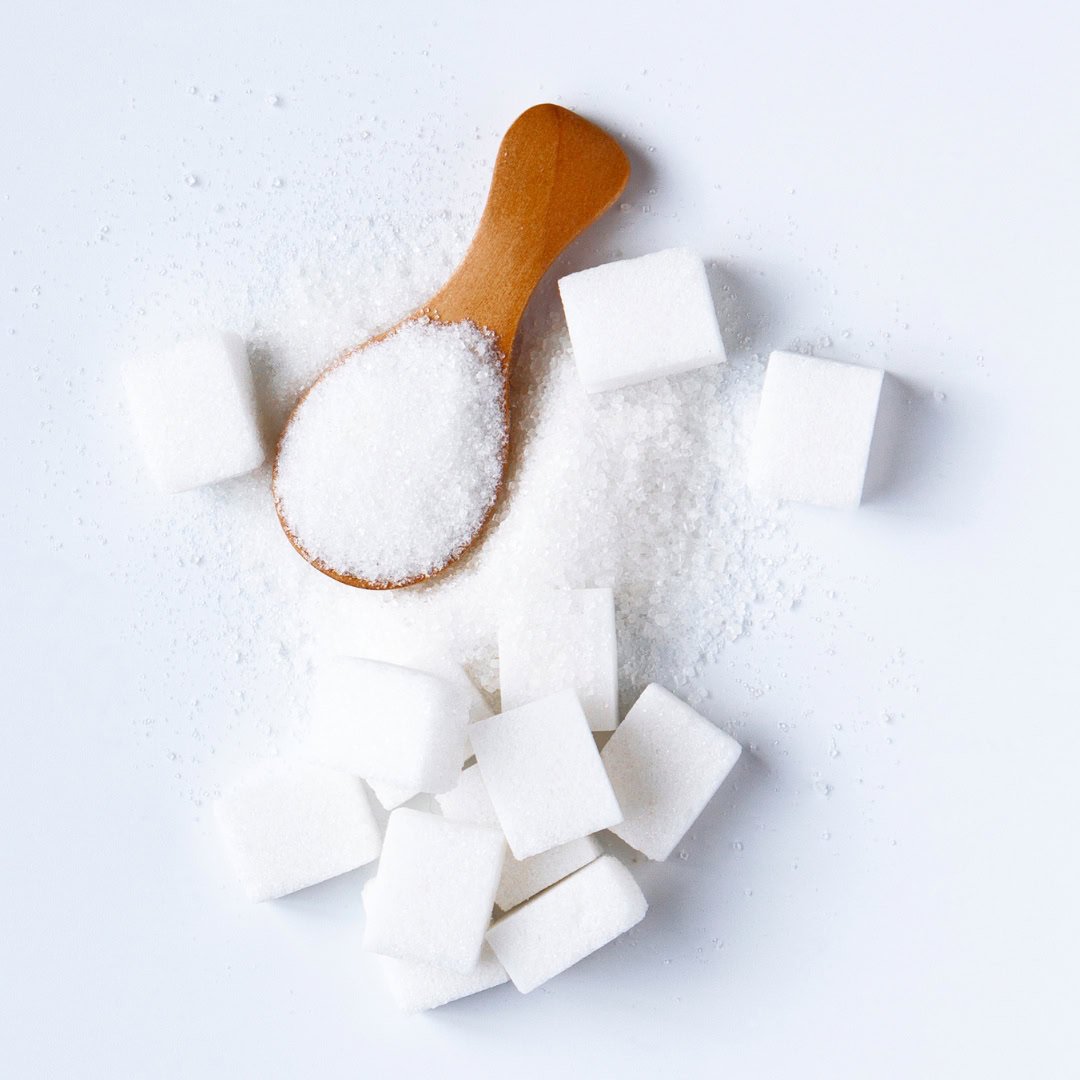
Low-Sugar/ Sugar-Free
Is sugar vegan? First and foremost, there's often confusion regarding sugar and its compatibility with the vegan diet. Sugar, typically sourced from sugar cane or sugar beets, is derived from plants and is therefore considered vegan. However, some companies use animal bone char in the sugar refinement process. Using bone char to refine sugar isn’t very common anywhere other than the US as far as I know, but I do check the sugar I buy to make sure. The standard brand I use here in Canada is Redpath and they say on their site that the sugar is indeed vegan-friendly. So you just want to check the brand you’re purchasing. A helpful tip is organic sugar is always vegan-friendly, including in the US.
Secondly, sugar in whole foods (such as fruit) is not bad, it's good! When you remove all the good stuff (fiber, nutrients, etc.) that's when sugar is processed and is no longer a health food. Do not be afraid of fruit, eat it in abundance! As for processed sugar, limiting it or reducing it can be helpful to your health.
While I don't adhere a sugar-free diet myself, I understand that some people may prefer a low-sugar diet for various health reasons. In most savory recipes the sugar can be omitted completely or substituted with options such as coconut sugar, monk fruit sweetener, zero-calorie sweeteners, maple syrup, or fruit purees (depending on your personal preferences) without it changing the recipe. For baked goods it might be a bit trickier so if you adapt the recipes, note that the results may vary.
Low-sugar/sugar-free substitution recommendations:
- Sauces and Dressings: For recipes that call for sugar in sauces and dressings, try using natural sweeteners such as stevia, monk fruit sweetener, erythritol, xylitol, maple syrup, fruit purees (such as apple sauce, blended dates, or mashed mango).
- Baking: In baking recipes that call for sugar, you can try substituting with fruit purees like mashed bananas, applesauce, or date paste; less refined sweeteners such as agave or maple syrup; or calorie-free sweeteners such as stevia, monk fruit sweetener, erythritol, or xylitol. When using a sugar alternative, follow the instructions on the packaging for proper substitution in baking. If using liquid sweeteners, reduce the other liquids in the recipe to maintain the correct consistency. Each substitution may affect the texture differently, so experiment to find what works best for your recipes.
- Flavor Enhancers: Enhance the flavor of your dishes with ingredients like vanilla extract, cinnamon, nutmeg, or citrus zest. These natural flavor enhancers can add sweetness and depth to your recipes without relying on added sugars. A dash of salt can also help to bring out the natural sweetness in your ingredients.
- Unsweetened Dairy Alternatives: Opt for unsweetened plant-based milk, yogurt, or creamer to reduce the sugar content in your recipes. Look for products labeled "unsweetened" to avoid added sugars commonly found in flavored varieties. Or try making your own homemade plant milks and creams.
- Reducing or Eliminating Sugar: In some recipes, you may be able to reduce the amount of sugar called for or eliminate it altogether without compromising taste. Start by reducing the sugar by half and adjust to taste. For some savory dishes, you may find that sugar isn't necessary at all.
- Breakfast Foods: For breakfast items like oatmeal, cereal, or yogurt, reduce or eliminate added sugars by incorporating fresh fruit, dried fruit without added sugar, or a drizzle of natural sweeteners like maple syrup or agave nectar in moderation, or my delicious low-sugar Easy Chia Jam recipe.
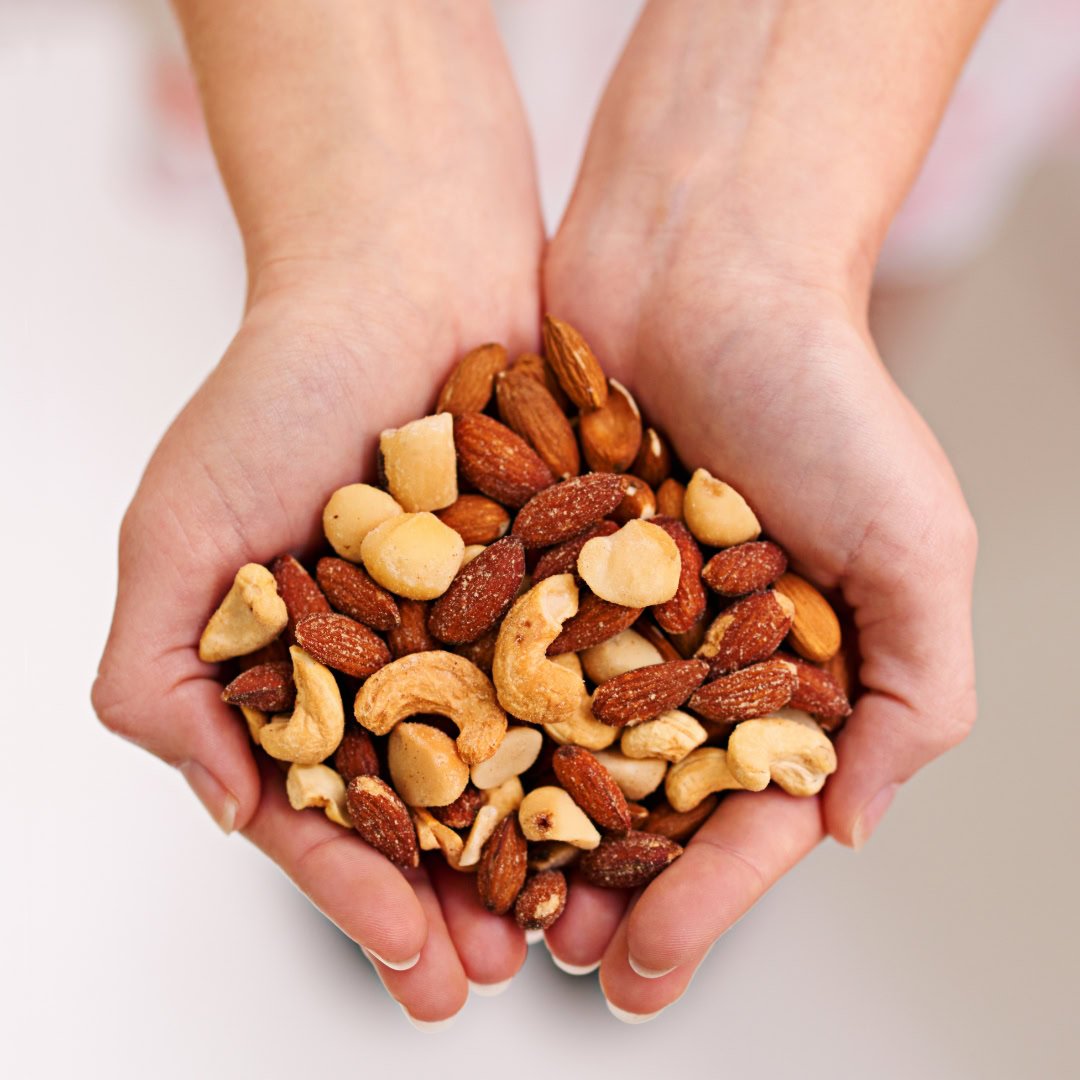
Nut-Free
For those with nut allergies, there are plenty of alternatives available. Always check the recipe notes as I often provide nut-free alternatives there.
Nut-free substitution recommendations:
- Nut Butters: Replace with seed butters such as sunflower seed butter, pumpkin seed butter, or tahini. These alternatives can provide a similar creamy texture without the risk of nut allergies.
- Milk: Substitute almond milk, cashew milk, or other nut milks with seed or grain-based milks like oat milk, rice milk, hemp milk, or soy milk. These options are widely available and can be used in the same proportions as nut milks.
- Cheese: Many vegan cheeses are nut-based, particularly those made from cashews. Instead, opt for cheese made from seeds (like sunflower seeds) or soy. There are also store-bought options like soy-based cheeses that can work well in most recipes. Try my fan-favorite sunflower seed cheese recipe.
- Crusts and Bases: For recipes that use nuts in crusts or bases (like for cheesecakes or tarts), use seeds like sunflower seeds, pumpkin seeds, or oats. These can be ground into a similar consistency and used in the same quantities.
- Nut Flours: Almond flour or other nut flours can often be substituted with oat flour, coconut flour, or a gluten-free flour blend. Keep in mind that coconut flour absorbs more moisture, so you may need to adjust the liquids in your recipe.
- Pesto and Sauces: Traditional pesto often contains nuts like pine nuts. You can make a delicious nut-free pesto by using seeds (such as pumpkin seeds or sunflower seeds) or simply omitting the nuts.
- Snacks: For snacking, instead of nuts, choose seeds, roasted chickpeas, or crunchy vegetables. These can provide similar textures and are often just as satisfying.
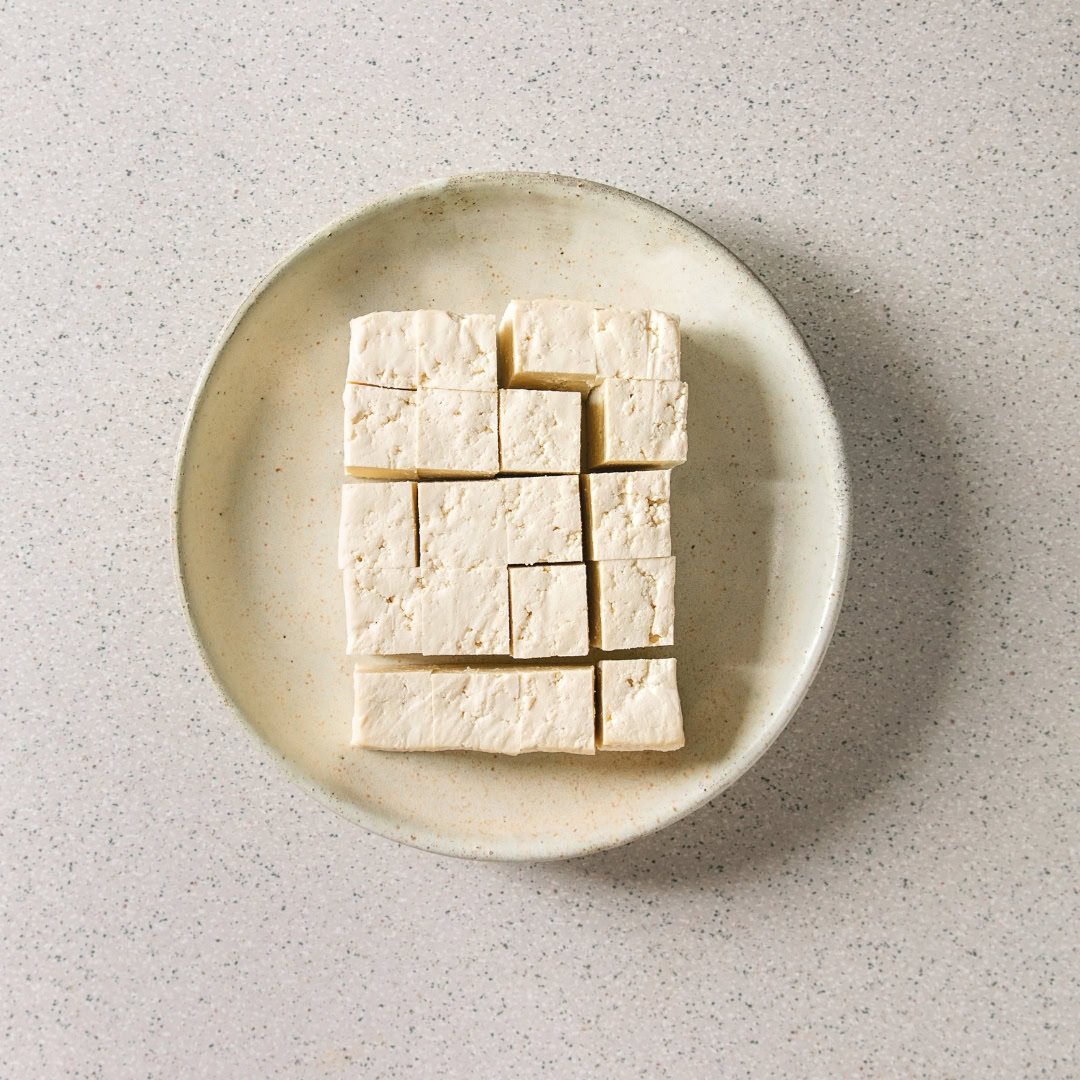
Soy-Free
For those who need to avoid soy, there are numerous alternatives that can help you create delicious soy-free vegan dishes.
Soy-free substitution recommendations:
- Soy Sauce: Substitute soy sauce with soy-free coconut aminos.
- Tofu and Tempeh: Replace tofu and tempeh with other protein-rich ingredients like chickpeas, lentils, or seitan (if you're not gluten-free). You can also try making dishes with mushrooms, jackfruit, or eggplant for a meaty texture. Health food stores may even carry soy-free chickpea tofu or try my recipe for lentil tofu which can be used as a 1:1 sub for tofu.
- Miso Paste: Use chickpea miso instead of traditional soy-based miso. Chickpea miso provides a similar depth of flavor and can be used in the same quantities as soy miso.
- Soy Milk: Substitute soy milk with other plant-based milks such as almond milk, oat milk, rice milk, cashew milk, coconut milk, or hemp milk. These can be used in the same proportions as soy milk in most recipes.
- Soy Yogurt: Opt for coconut yogurt, almond yogurt, or oat yogurt as alternatives to soy yogurt. These are widely available and can be used in the same way as soy yogurt.
- Edamame: Replace edamame in salads and dishes with green peas, fava beans, or lima beans. These alternatives provide a similar texture and nutritional profile.
- Soy-Based Condiments: Many condiments like mayonnaise and salad dressings can contain soy. Look for soy-free versions or make your own using ingredients like aquafaba, avocado, or tahini.
- Textured Vegetable Protein (TVP): Use crumbled lentils, chickpeas, or quinoa as a substitute for TVP in recipes.

Low Sodium / Salt-Free
For those looking to reduce or eliminate salt from their diet, there are many ways to enhance the taste of your dishes without relying on salt, allowing you to create delicious and healthful meals.
Low sodium/ salt-free substitution recommendations:
- Salt: for recipes containing salt you can omit it completely or add to taste, or try using a sodium-free salt substitute.
- Soy sauce: replace with low-sodium soy sauce or low-sodium tamari.
- Vegetable Broth: use low-sodium vegetable broth or make your own without any added salt.
- Miso paste: If you need to substitute miso paste in a recipe, consider using tahini for its creamy, nutty flavor, or nutritional yeast for a savory, umami taste. Cooked and blended mushrooms or cashew butter can mimic miso's umami and creamy qualities. Sunflower seed butter, nutritional yeast, coconut aminos (lower in sodium than soy sauce), concentrated vegetable broth, and low-sodium fermented foods like sauerkraut or kimchi can also work well as alternatives.
- Condiments and Sauces: Buy low-sodium versions of BBQ sauce, ketchup, and other condiments.
- Vegan cheeses: Store-bought vegan cheeses can be high in sodium so instead try making your own homemade vegan cheeses and reducing or omitting the salt.
- Vegan Meat Alternatives: Often store-bought meat alternatives are super salty, so try making your own vegan meat alternatives at home so you can control the salt.
- Salt-Free Seasoning Blends: Look for salt-free seasoning blends in your grocery store or make your own at home. These blends often contain a mix of herbs, spices, and other flavor-enhancing ingredients. Popular brands like Mrs. Dash offer a variety of salt-free options that are also vegan.
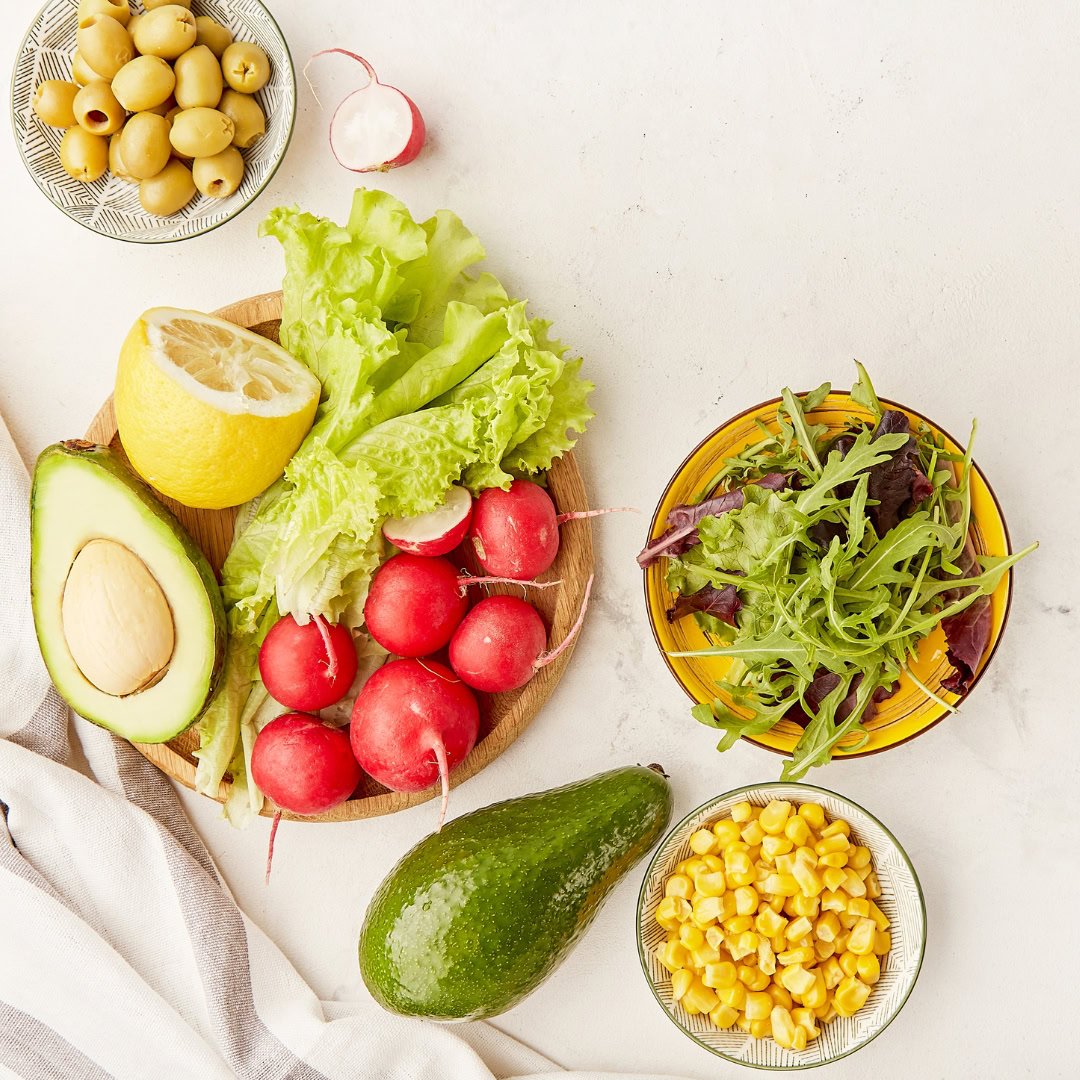
Low FODMAP
For those following a low FODMAP diet to manage symptoms of IBS or other digestive issues, adapting vegan recipes can require some creativity and knowledge of low FODMAP foods. The low FODMAP diet involves limiting certain types of carbohydrates that are known to cause digestive discomfort in some people. Here are some tips and substitutions to help you enjoy delicious and satisfying low FODMAP vegan meals.
Low FODMAP substitution recommendations:
- Onion and Garlic Alternatives: Onion and garlic are high in FODMAPs, but their flavor can be replicated with alternatives. Use the green parts of scallions (green onions) or chives for an onion-like flavor. For garlic, try using garlic-infused oil, which imparts the flavor without the FODMAPs. You can also use asafoetida (hing), a spice that provides a similar taste to garlic and onions.
- Low FODMAP Vegetables: Opt for low FODMAP vegetables like bell peppers, carrots, cucumbers, spinach, kale, tomatoes, and zucchini. Avoid high FODMAP vegetables such as cauliflower, broccoli, and mushrooms.
- Protein Sources: Many plant-based proteins are low in FODMAPs. Safe options include firm tofu (not silken), tempeh, edamame, canned lentils, and canned chickpeas (well-rinsed). Be cautious with portion sizes to stay within low FODMAP limits.
- Grains and Pasta: Choose low FODMAP grains such as quinoa, rice, oats, and gluten-free pasta. Be mindful of serving sizes to avoid exceeding FODMAP limits.
- Dairy Alternatives: Use low FODMAP plant-based milks like almond milk or rice milk.
- Sweeteners: Choose low FODMAP sweeteners such as maple syrup, brown sugar, and small amounts of table sugar. Avoid high FODMAP sweeteners like agave syrup, and high fructose corn syrup.
- Fruits: Low FODMAP fruits include strawberries, blueberries, grapes, kiwi, and oranges. Avoid high FODMAP fruits like apples, pears, and watermelon. Stick to appropriate serving sizes to stay within low FODMAP limits.
- Nuts and Seeds: Low FODMAP nuts and seeds include almonds (up to 10), walnuts, macadamia nuts, and pumpkin seeds. Avoid high FODMAP nuts like cashews and pistachios. Ensure portion sizes are appropriate.
- Legumes: Small amounts of canned lentils and chickpeas (well-rinsed) can be tolerated by some people on a low FODMAP diet. Monitor portion sizes carefully. Avoid high FODMAP legumes such as black beans and kidney beans.
- Spices and Condiments: Many spices and condiments are low FODMAP and can be used freely. Avoid condiments with high FODMAP ingredients like garlic and onion. Check labels for added high FODMAP ingredients.
- Baking and Cooking: Use low FODMAP flours like rice flour, quinoa flour, and gluten-free all-purpose flour for baking. Avoid high FODMAP flours such as wheat and rye. For thickening sauces, use cornstarch or tapioca flour instead of wheat flour. See the Gluten-free section of this article for more suggestions.
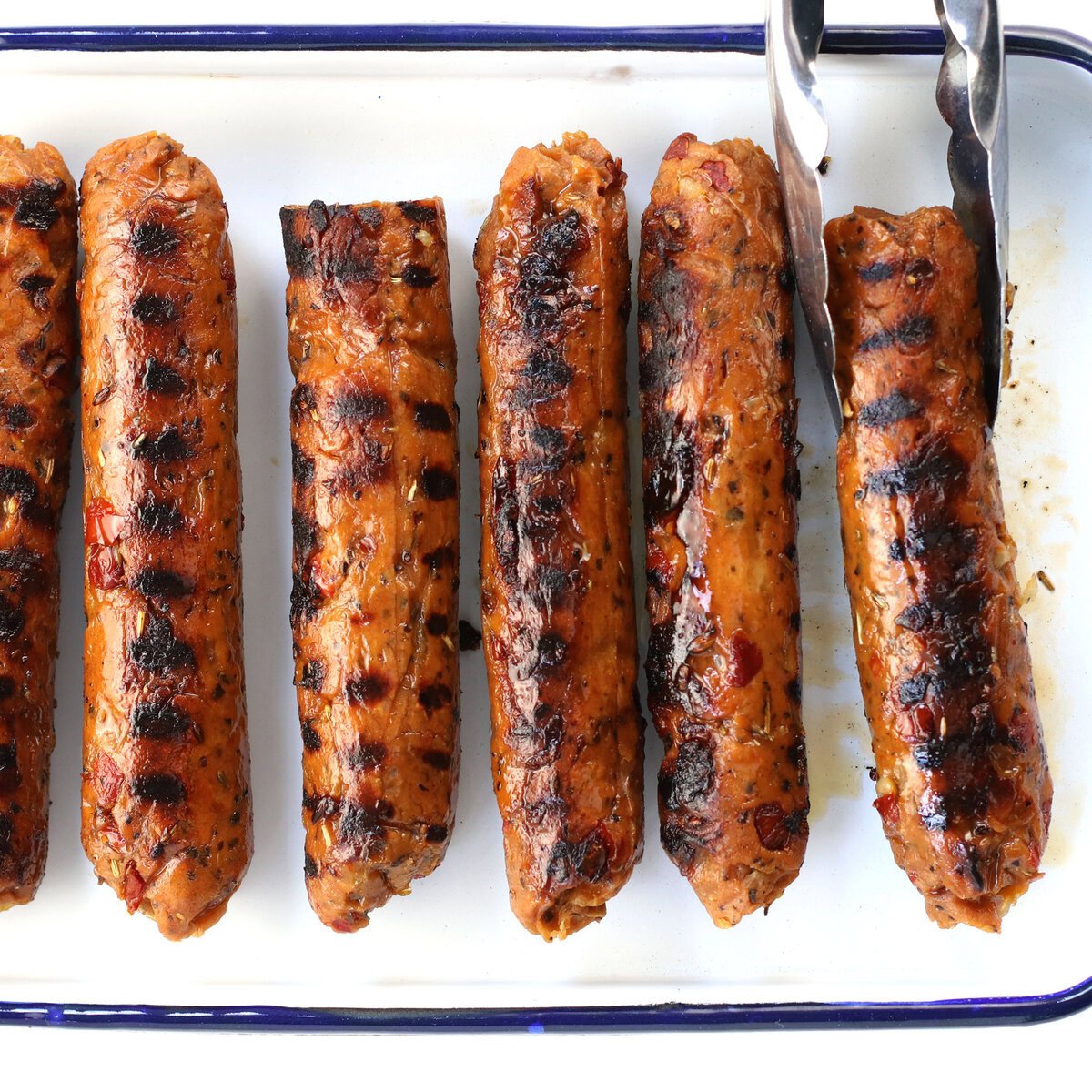
High-Protein
While the average vegan gets 70% more protein than they need in a day (source), athletes and bodybuilders may seek a higher protein intake to support their training and performance goals. Many successful vegan athletes and bodybuilders demonstrate that it's easy to achieve a high-protein diet through plant-based sources. Here are some helpful tips to get you more protein in your diet.
High-protein recommendations:
- Seitan: Seitan is a homemade vegan meat alternative made from wheat protein, known for being extremely high in protein while low in fat and carbohydrates. One seitan steak, for example, contains a whopping 42 grams of protein (that's more protein than animal steak). I offer numerous free homemade seitan recipes here, and for those looking to master the craft, my online cooking course, Seitan School, is the perfect next step.
- Store-bought meat alternatives: Most store-bought plant-based meat alternatives are high in protein, with many providing around 15-20 grams of protein per serving. Adding these to your meals is an easy way to bump up the protein.
- Tofu: A great and affordable source of protein. Tofu contains about 10 grams of protein per half-cup serving. I LOVE tofu and have hundreds of recipes using it here.
- Tempeh: Made from fermented soybeans, tempeh is another excellent high-protein option, offering about 15 grams of protein per half-cup serving. It makes a great addition to stir-fries, sandwiches, and salads.
- Beans & Legumes: Beans are a powerhouse of protein and fiber, with most varieties providing about 15 grams of protein per cooked cup. From black beans and chickpeas to lentils and edamame, they can be used in a variety of dishes. Check out my bean recipes here.
- Green Peas: Green peas are a fantastic source of plant-based protein, fiber, and essential vitamins and minerals, providing about 8 grams of protein per cooked cup. Whether added to salads, soups, stir-fries, or blended into a creamy dip, green peas provide a nutritious protein boost.
- Vegan Protein Powder: Vegan protein powders, made from sources like pea, hemp, or brown rice, typically provide around 20 to 30 grams of protein per serving. They are a convenient way to boost protein intake, especially for those with active lifestyles. They can be easily added to smoothies, baked goods, and even oatmeal for an extra protein punch. Try my guide for classic vegan protein smoothies.
- Quinoa: This ancient grain is a complete protein, providing about 8 grams of protein per cooked cup. It's an easy way to get more protein, and in any dish that calls for rice, simply substitute quinoa for a higher protein alternative.
- Textured Vegetable Protein (TVP): Textured Vegetable Protein (TVP) is a versatile, high-protein ingredient made from defatted soy flour, offering about 12 grams of protein per quarter-cup serving (dry). It has a meat-like texture and is excellent for adding protein to a variety of dishes, including soups, stews, and stir-fries. TVP is not only a budget-friendly option but also highly absorbent, making it easy to flavor with your favorite seasonings and sauces. Check out my tvp recipes here.
- Soy Curls: Soy curls are a high-protein ingredient made from whole soybeans that have been cooked, textured, and dehydrated. They provide about 10 grams of protein per serving. They offer a chewy, meat-like texture and are my husband's favorite vegan protein source! Try my soy curl recipes here.
- Hemp Hearts: Hemp hearts are the shelled seeds of the hemp plant, known for their high protein content (about 10 grams per 3 tablespoons) and rich nutritional profile. Hemp hearts can be sprinkled on salads, blended into smoothies, or added to yogurt and oatmeal for a nutritious protein boost.
- Nutritional Yeast: Nutritional yeast is a deactivated yeast packed with protein, vitamins, and minerals, offering about 8 grams of protein per 2 tablespoons. It's one of my favorite ingredients because it is so tasty! Sprinkle it on top of dishes like popcorn, pasta, salads, or soups for a delicious cheesy taste.
- Pea Milk or Soy Milk: Both pea milk and soy milk are high-protein plant-based milks. Soy milk provides about 7 grams of protein per cup, while pea milk offers around 8 grams per cup. When cooking or making smoothies, opt for using either soy milk or pea milk to get an extra protein boost.
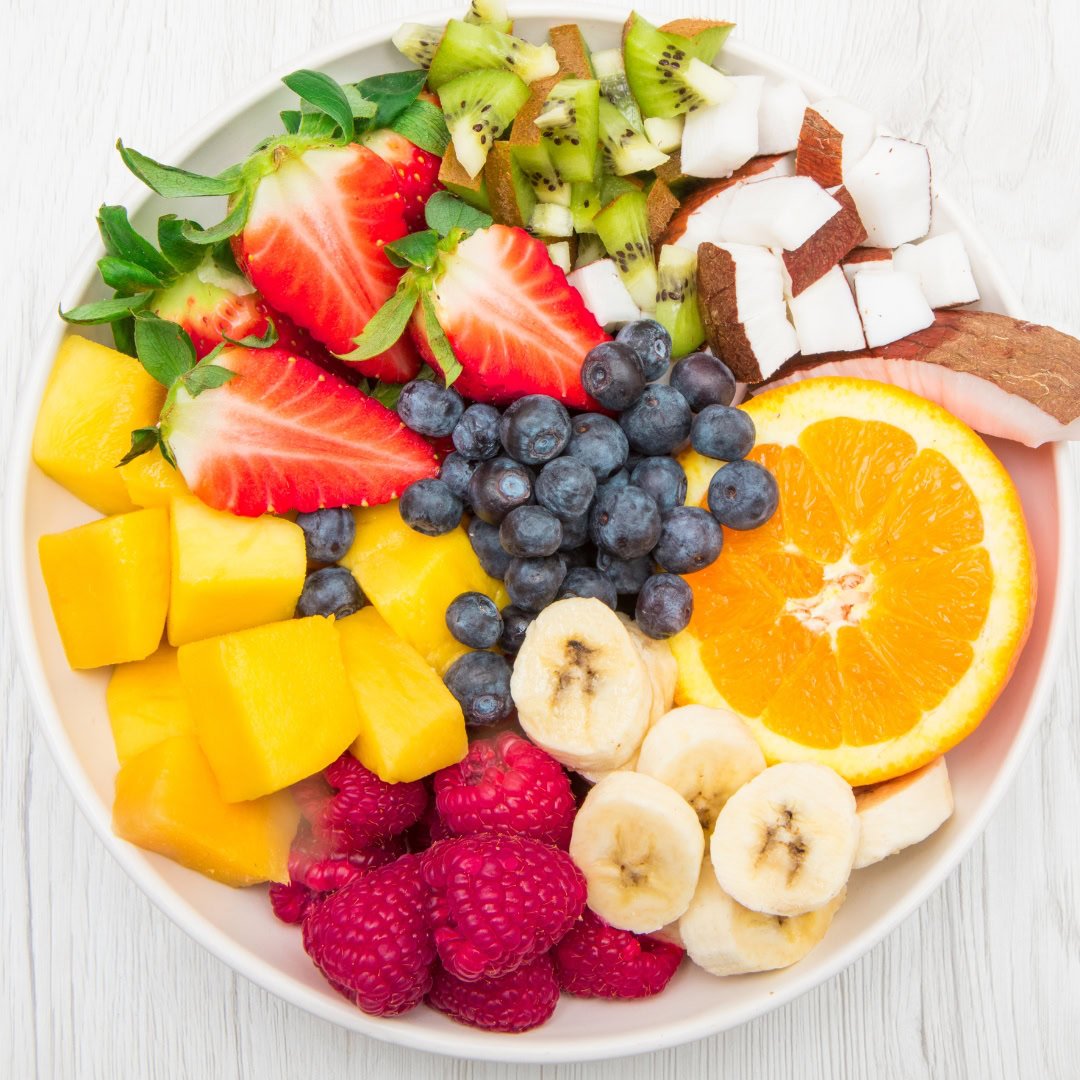
Keto/ Paleo/ Low Carbohydrate
I do not recommend a low-carbohydrate diet of any kind. It's important to distinguish between processed carbs and whole food carbs, as they are fundamentally different. Processed carbs such as cookies, pastries, white bread, and candy are not health foods. However, whole food carbs like fruits, starchy vegetables, legumes, and whole grains are scientifically proven to be some of the healthiest foods you can eat.
Keto and low carbohydrate diets can be unsafe because they limit important nutrients found in fruits, vegetables, and whole grains. These foods provide essential vitamins, minerals, and fiber that keep our bodies healthy. Carbohydrates are the body's main source of energy, and when we don’t get enough, it can lead to fatigue, nutrient deficiencies, heart problems, and even death. Instead of cutting out carbs, it’s better to choose healthy ones like whole grains, beans, fruits, and vegetables, which give us lasting energy and support overall health.
It's a misconception that keto and low carbohydrate diets are good for weight loss. While they might help people lose weight quickly at first, this is often due to water loss rather than fat loss. Over time, these diets can be hard to maintain, leading people to regain the weight. Instead, long-term weight loss is best achieved through balanced eating habits that include a variety of foods. Focusing on whole, plant-based foods like fruits, vegetables, whole grains, and legumes, combined with regular physical activity, is the most effective and sustainable way to lose weight and keep it off.
If you're interested in learning more I recommend these articles and videos: keto diet, palaeolithic diet, weight loss, longevity.
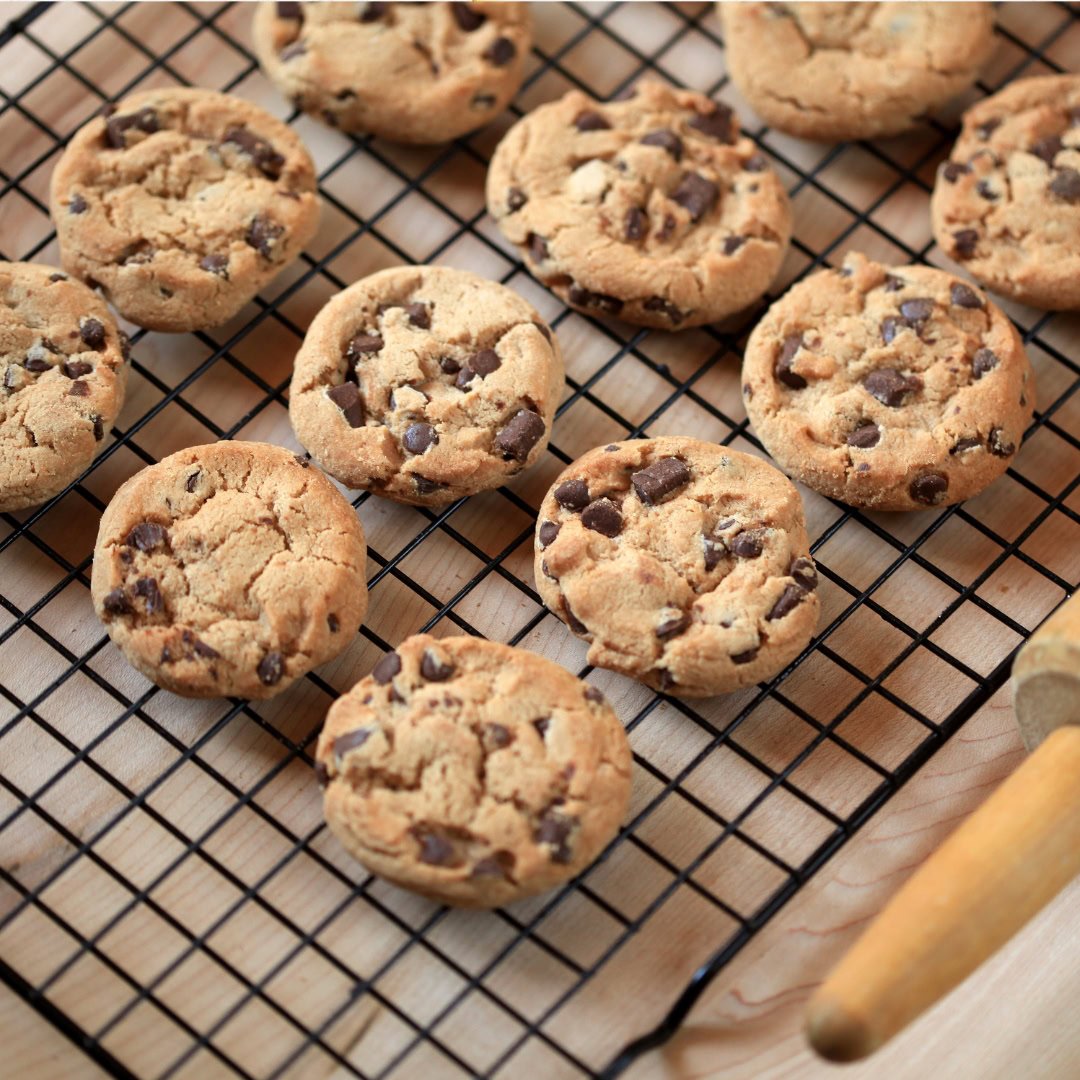
Other Ingredient Sensitivities
We understand that some ingredients might be problematic for certain individuals due to allergies, intolerances, or personal preferences. If you come across a recipe with an ingredient you'd like to avoid, please leave a comment, and we'll do our best to suggest suitable alternatives. We aim to create a welcoming environment for all, and your feedback helps us improve our recipes.
